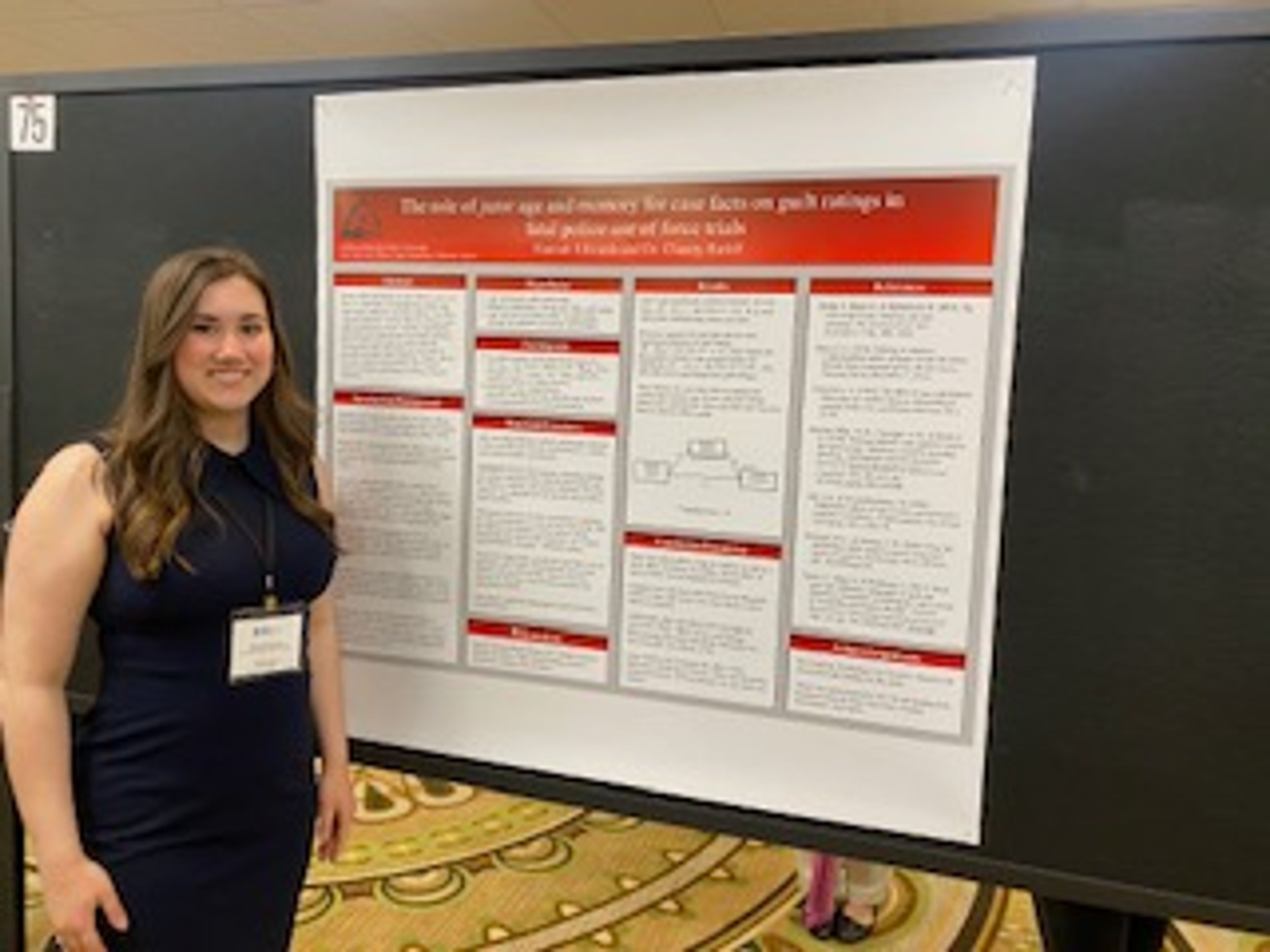Student debt will reach $1 trillion this year, according to an article by The New York Times, and some Southeast Missouri State University students are falling into the debt crises.
In the state of Missouri, the average debt rate for students is more than $23,000. According to collegefactual.com, approximately 10 percent of Southeast students defaulted on their loans in 2009, while the average default rate nationwide is 8.6 percent.
Defaulting on a loan means a payment was missed according to the deadline established in the legal document the loaner signed, called a promissory note.
The loan default rate for students at the University of Missouri is less than four percent and less than seven percent at Missouri State University in Springfield, Mo.
Southeast provides financial services for students who need to apply for loans and federal aid. It is recommended that undergraduate students file the Free Application for Financial Student Aid online. The application process requires tax information from the student and his or her parents. After the FAFSA application is completed it is sent to the U.S. Department of Education. An amount can then be distributed to the individual if they meet certain requirements to help finance his or her education.
There are many ways for students to finance their education through grants, private and federal loans and scholarships. Southeast gave out more than $17 million in scholarships to students last year and roughly 86 percent of students receive some sort of financial aid.
The average cost of tuition for four years at Southeast for in-state students is $57,472 and $77,632 for an out-of-state student. Only about half of Southeast students receive federal loans and more than 70 percent receive grant aid. The average amount a Southeast student receives through a federal loan is $6,538 per year, based on a survey by the U.S. Department of Education from 2011-2012.
In choosing what type of aid to apply for, Dr. Linda Simpson from the department of family and consumer science said that each case is different, but a student should research his or her options based on his or her financial situation. He or she should also conduct research on the job market and the economy as well as use online tools to calculate what a monthly payment will include.
"A student needs to determine the return on investment (ROI)," Simpson said in an email. "In other words, the student needs to make certain that they do not overextend themselves with too much debt and not have the ability to pay it back."
Sarah Niswonger, a financial aid and loan coordinator at Southeast, said that once a student graduates, withdraws from a university or falls under six credit hours, he or she enters a six-month grace period under federal loans. After the six-month period, the student has to start repaying his or her loans.
There are several different types of repayment options that individuals can choose from, with the average plan lasting 10 years.
"They [the servicer of your loan] will direct you and tell you which one will help you and your financial needs," Niswonger said.
Niswonger advises any student who needs to take out a loan to visit nslds.ed.gov to compare different loan options available. She also said a student should evaluate how much money he or she will actually need and just borrow that much, instead of taking the full amount.
According to Simpson, students should also consider investing their money in stocks or bonds if they can.
"Investments are a good choice as early in one's life as possible. The earlier one invests, the greater the compounding of interest," Simpson said.




